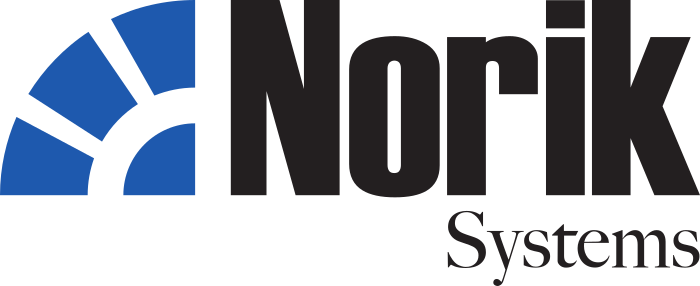Web technologies are always evolving. Here at Norik Systems we’re striving to keep up-to-date with the latest trends. We are fully aware that technologies, which were standards in the past, may very well be out of date today.
This is why we like to keep up with the latest trends and try to play around with different technologies to see if any of those fit our needs.
We mostly provide services for our clients, some of which already have an existing codebase in place and very specific needs.
However, we’re also working on some internal projects as well, and this allows us to test newer tech before recommending it to our clients.

One of those technologies is Next.js. To introduce this new technology to the team, one of our engineers prepared an internal presentation to highlight the many benefits of adopting this tech in our current stack.
Our web team is mostly using React to develop the application’s user interface. While React by itself is a great framework, it does have its drawbacks. Most notable ones being that it’s bad for SEO and the time it takes for the users to see the page being very long. This is especially true for users with slower internet speeds. The reason for this is that a lot of steps need to be completed on the user’s device before they can see the actual content (e.g. fetching Javascript to render the page content).
Next.js solves these issues by running the React code on the server. The HTML returned to the users has content already present, so users can actually see the page faster, which also helps with SEO, because web crawlers are able to see the actual page content. One other advantage of using Next.js is that it’s still React code which we already know, with better tooling and additional features. The way we see it, migrating over to Next.js should be a quick process and should improve our developer experience overall.

The Web Development industry is always evolving, and Next.js seems to have become a new standard of writing React applications. At Norik Systems we are intrigued by this new technology and will adopt it in our internal projects. We look forward to seeing how this adoption will affect our development moving forward, and we’ll provide an update of our experience in the future.
